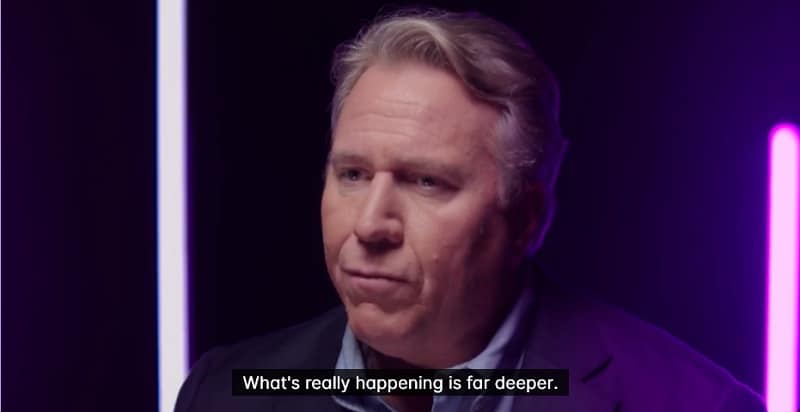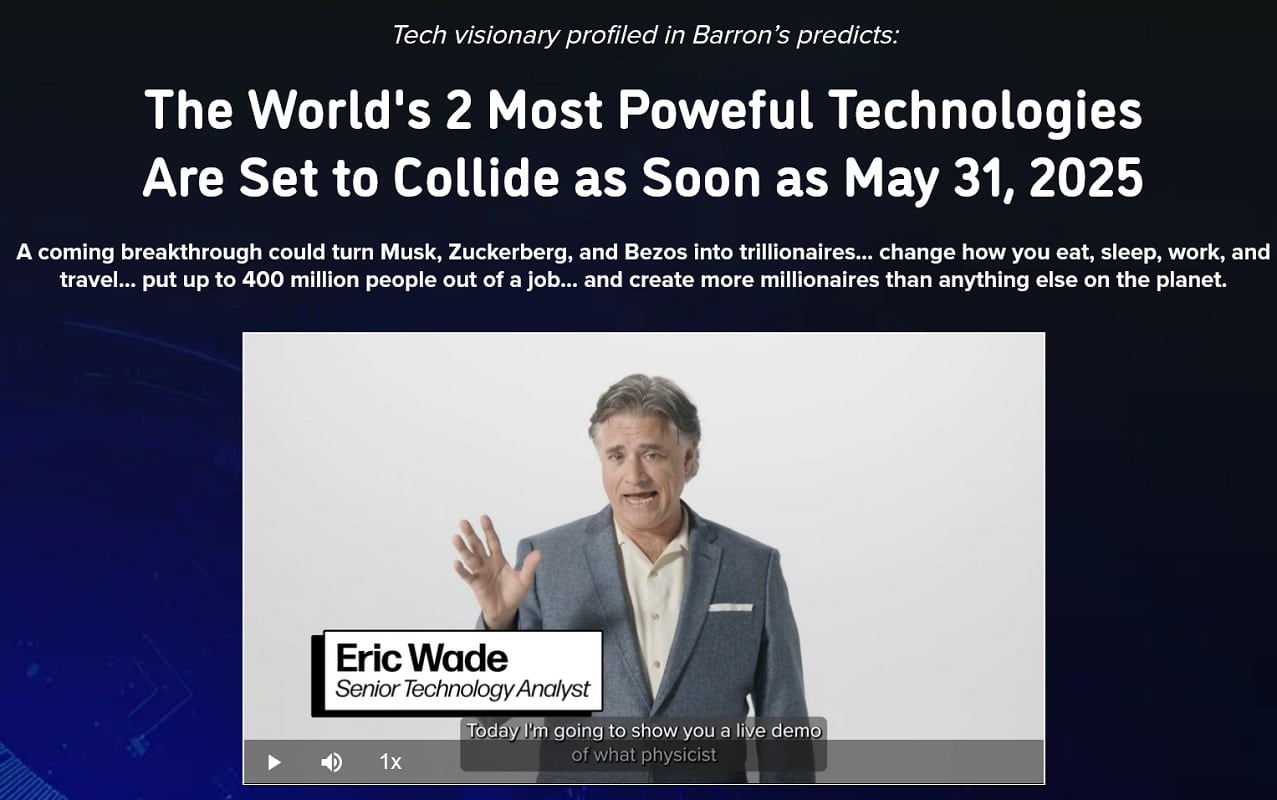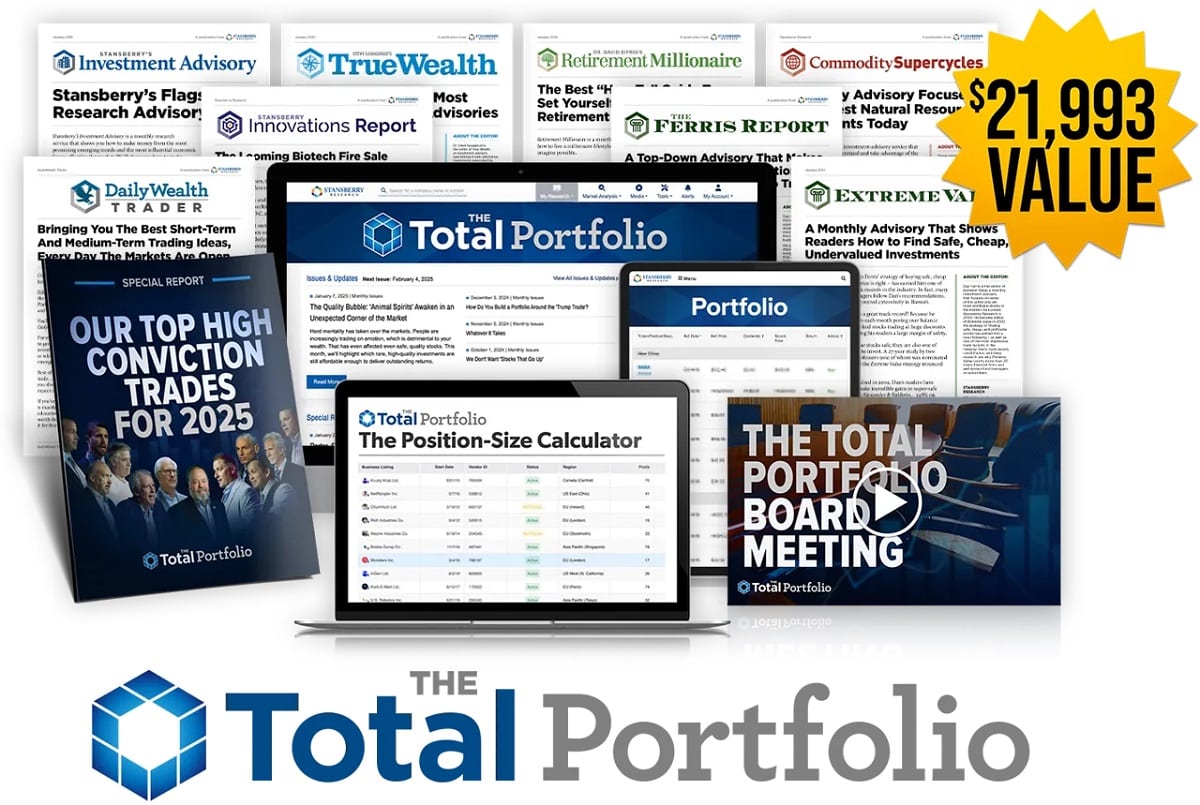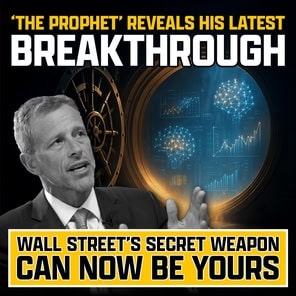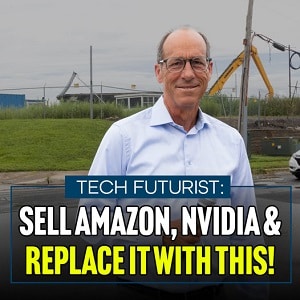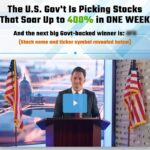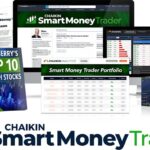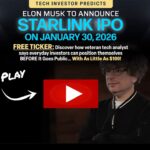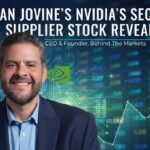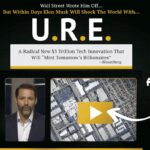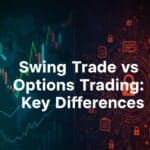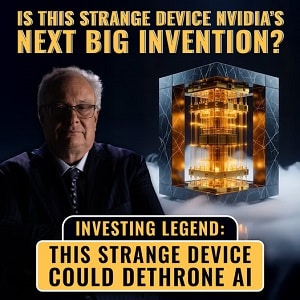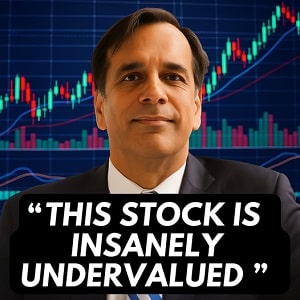In an era of unprecedented uncertainty, financial analyst Porter Stansberry warns of a seismic shift he calls the “Final Displacement.” Drawing from decades of market expertise, Stansberry argues that a hidden technological force—parallel processing powered by GPUs—is set to disrupt economies, displace millions of jobs, and create trillions in new wealth. But what exactly is this phenomenon, and how can everyday investors prepare? This in-depth exploration breaks down Stansberry’s insights, historical parallels, and top investment opportunities in the parallel processing revolution.
Understanding the Unease: A Nation on the Brink
Americans across the political spectrum are feeling it—a lingering dread that’s hard to pinpoint. Stansberry, founder of one of the world’s largest financial research firms, attributes this to deeper forces beyond politics, wealth gaps, or culture wars. These are mere symptoms of a profound transformation building for years.
According to Stansberry, this “Final Displacement” stems from a Nobel Prize-winning economist’s observation: a force dividing the global economy. It’s why 70% of Americans believe the American Dream is dead, socialism is gaining traction, and optimism is fading. Stansberry’s research reveals that tens of millions face permanent displacement, faster than imagined, leading to what an evolutionary biologist calls an “unprecedented catastrophe.” Already, 14% of Americans have been impacted, per a National University report.
Yet, amid the chaos, a select few are thriving—those who anticipated the shift and positioned themselves accordingly. Stansberry emphasizes that this isn’t paranoia; it’s an early warning of a historic turning point, unlike the dot-com bust, 2008 crisis, or COVID-19.
Historical Displacements: Lessons from the Past
Stansberry frames the Final Displacement as the fifth in human history, each triggered by breakthrough technologies that redefined society:
- Ancient Innovations (5th Century B.C.): Aqueducts, roads, and water wheels sparked the first economic growth, but at the cost of enslaving populations in empires like Rome and Greece.
- The Renaissance (16th Century): The printing press democratized knowledge, fueling the Reformation and Enlightenment. It created fortunes for bankers like the Medici but ignited religious wars that claimed millions of lives.
- Industrial Revolution (18th-19th Century): Steam engines mechanized production, building modern cities and lifting millions from poverty. Titans like Carnegie and Rockefeller emerged, but artisans lost livelihoods, birthing Marxism amid inequality.
- Computing Age (Late 20th Century): Microprocessors and the internet accelerated growth to 3% annually, expanding the middle class. Tech moguls like Gates and Bezos rose, but serial computing hit limits.
Each displacement was a double-edged sword—driving progress while causing upheaval. As historian Neil Postman notes, these moments are burdens and blessings. Stansberry, echoing former Google CEO Eric Schmidt, believes this fifth one could be the most significant in 500-1,000 years, potentially worth $25 trillion annually per McKinsey estimates.
The Core of the Final Displacement: Parallel Processing and GPUs
At the heart of Stansberry’s thesis is a technological leap: the shift from serial computing (CPUs processing tasks sequentially) to parallel processing (GPUs handling millions simultaneously). This “Big Bang” in computing, pioneered by the University of Toronto’s AlexNet team, enables AI like ChatGPT, self-driving cars, and robots—innovations impossible without GPUs.
GPUs, originally for gaming, offer exponential power. Companies like Nvidia dominate, with 80% market share and control over key software like CUDA. Stansberry warns this revolution evolves exponentially, outpacing human adaptation and causing “hyper-novelty”—a storm of changes leading to unrest, as predicted by DeepMind’s Demis Hassabis (10x bigger and faster than the Industrial Revolution).
While promising immense growth, it threatens jobs in white-collar sectors, potentially vaporizing trillions in wealth. OpenAI’s Sam Altman even backs Worldcoin for universal basic income, anticipating mass displacement.
The Dark Side: Economic Catastrophe and Social Unrest
Stansberry doesn’t sugarcoat the risks. Past displacements caused wars, poverty, and inequality; this one could amplify America’s wealth divide. Goldman reports 1,600 new millionaires daily, while millions fall behind. Energy demands alone—GPU data centers consuming power for 50,000 homes each—could strain grids, with $1 trillion in new builds planned.
Politically, it fuels extremism, from socialist surges to cultural decay. Without preparation, families face defaults on $14 trillion in debt, job losses, and reliance on government aid. As Larry Summers quips, historians will prioritize this over Trump or Xi.
Investment Opportunities: Profiting from the Parallel Processing Revolution
The good news? History shows displacements create fortunes for the prepared. Stansberry recommends owning “right” assets while dumping vulnerabilities:
- Nvidia and Partners: Nvidia’s monopoly makes it essential. Its secret partners include:
- The “New OPEC”: Machines for sub-10nm chips, compounding at 19% annually.
- Chip Manufacturer: 90% market, 40% margins.
- IP Designer: Capital-efficient, generating $1 billion free cash flow on low CapEx.
- Energy Sector Plays: Undervalued amid tech hype, energy is crucial for GPU power:
- King of Coal: Consolidated mines, exploiting shortages for massive upside.
- Gods of Gas: Dominant in natural gas, poised for 3x growth.
- The Keystone: Leader in Small Modular Reactors (SMRs), backed by Bezos and Gates.
- Bonus: “Hundred-Year-Old Money Machine” and “Apple of Agriculture” for diversified gains.
Stansberry’s track record—predicting Fannie Mae’s collapse, Occupy Wall Street, and COVID buys—lends credibility. His report, “The Parallel Processing Revolution,” details these for $199 (vs. $1,425 subscription), with a money-back guarantee.
Preparing for the Future: Act Now or Risk Being Left Behind
The Final Displacement isn’t stoppable, but your role in it is. As Stansberry urges, educate yourself, invest wisely, and harness these forces. Whether it enriches or impoverishes depends on today’s decisions. For those ready, this could be the greatest wealth-building era ever.
For full details, access Stansberry’s briefing and position yourself among the victors in this transformative shift.
FAQ: Porter Stansberry’s Final Displacement
What is the Final Displacement?
The Final Displacement is a term coined by financial analyst Porter Stansberry to describe a seismic technological shift driven by parallel processing and GPUs (Graphical Processing Units). Unlike past technological leaps—like the printing press or steam engine—this revolution is unfolding rapidly, potentially displacing millions of jobs while creating trillions in wealth. Stansberry calls it a historic turning point, possibly the most significant in 500-1,000 years.
What is parallel processing, and why does it matter?
Parallel processing, enabled by GPUs, allows millions of computations simultaneously, unlike serial processing (CPUs) that handles tasks sequentially. This powers innovations like AI (e.g., ChatGPT), self-driving cars, and robotics. Its exponential growth is reshaping economies, creating vast opportunities for investors, but also risks job losses and social unrest due to its speed and scale.
Why does Stansberry call it the “Final” Displacement?
Stansberry refers to it as the Final Displacement because its scale and speed—potentially worth $25 trillion annually, per McKinsey—could dwarf all prior displacements (e.g., Renaissance, Industrial Revolution). It may fundamentally reset how society works, from jobs to wealth distribution, in a way that feels permanent due to its transformative impact.
How will the Final Displacement affect jobs and the economy?
The shift to parallel processing threatens to automate white-collar and manual jobs, potentially displacing millions. A National University report notes 14% of Americans are already impacted. This could widen wealth gaps, increase debt defaults ($14 trillion in consumer debt), and fuel unrest, as seen with rising socialism and economic pessimism. However, it also creates opportunities for new industries and wealth.
What are the historical parallels to the Final Displacement?
Stansberry compares it to four prior displacements:
- 5th Century B.C.: Early innovations sparked growth but enslaved populations.
- Renaissance: The printing press spread knowledge but led to wars.
- Industrial Revolution: Steam engines built wealth but displaced artisans, birthing Marxism.
- Computing Age: Microchips expanded the middle class but hit processing limits. Each created fortunes and upheaval; the Final Displacement is expected to be faster and larger.
What investment opportunities does Stansberry recommend?
- Nvidia and Partners: Nvidia dominates GPUs, with three lesser-known partners:
– New OPEC: Produces chip-making machines.
– Chip Manufacturer: Controls 90% of GPU chip production.
– IP Designer: Creates GPU blueprints with high margins. - Energy Sector:
– King of Coal: Exploits coal shortages.
– Gods of Gas: Leads in natural gas production.
– Thee Keystone: Pioneers Small Modular Reactors (SMRs). - Bonus Picks: “Hundred-Year-Old Money Machine” and “Apple of Agriculture” for diversified gains.
Why focus on the energy sector?
Parallel processing demands massive energy—GPU data centers use power equivalent to 50,000 homes each. With 537 new data centers planned, energy demand could consume 10% of U.S. electricity. Undervalued energy stocks (coal, gas, nuclear) offer high returns as tech stocks soar, repeating the 1990s dot-com energy boom.
How can I access Stansberry’s full research?
Stansberry’s report, The Parallel Processing Revolution, details these opportunities for $199 (discounted from $1,425). It includes a money-back guarantee and bonuses like The Big Secret On Wall Street newsletter and reports on additional energy and agriculture stocks. Click here for details.
Is this a risky investment strategy?
All investments carry risk, but Stansberry focuses on established companies with strong fundamentals, like Nvidia and its partners, to minimize speculation. The energy sector’s undervaluation adds a safety margin. The report’s money-back guarantee ensures you can review it risk-free for 30 days.
Why isn’t this being covered by mainstream media?
Stansberry argues those in power avoid highlighting displacements due to their link to unrest and violence. Politicians and media focus on divisive issues like politics, distracting from the deeper technological shift. His independent research aims to fill this gap.
How does Stansberry’s track record support his claims?
Stansberry has accurately predicted major events, including Fannie Mae’s collapse, Occupy Wall Street, the debunking of “peak oil,” and COVID-19 buying opportunities. His 30-year career and millions of followers globally lend credibility to his Final Displacement thesis.
What happens if I don’t act now?
Stansberry warns that ignoring the Final Displacement risks being left behind as wealth concentrates among those who adapt. Job losses, wealth erosion, and reliance on government aid (e.g., universal basic income) could follow. Acting now positions you to benefit from the wealth transfer.
How does this differ from past economic crises?
Unlike the dot-com crash, 2008 financial crisis, or COVID-19, the Final Displacement is a structural shift driven by technology, not market cycles. Its speed (months, not years) and scale ($25 trillion annually) make it unprecedented, with broader impacts on jobs, wealth, and society.
Can I protect my family and finances from the Final Displacement?
Yes, by educating yourself and investing in companies poised to benefit, like those in Stansberry’s report. Owning assets in parallel processing and energy sectors can hedge against job losses and economic upheaval, potentially building lasting wealth.
For more details, access The Parallel Processing Revolution report or contact Porter & Co. to ensure you’re prepared for this historic shift.


